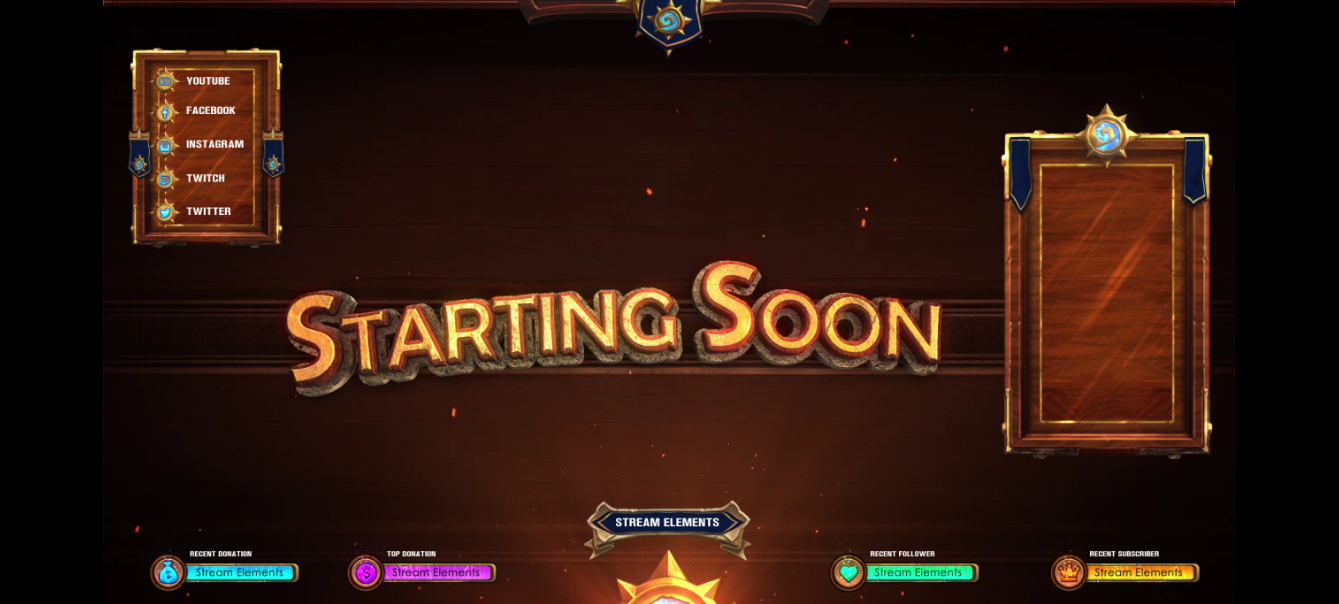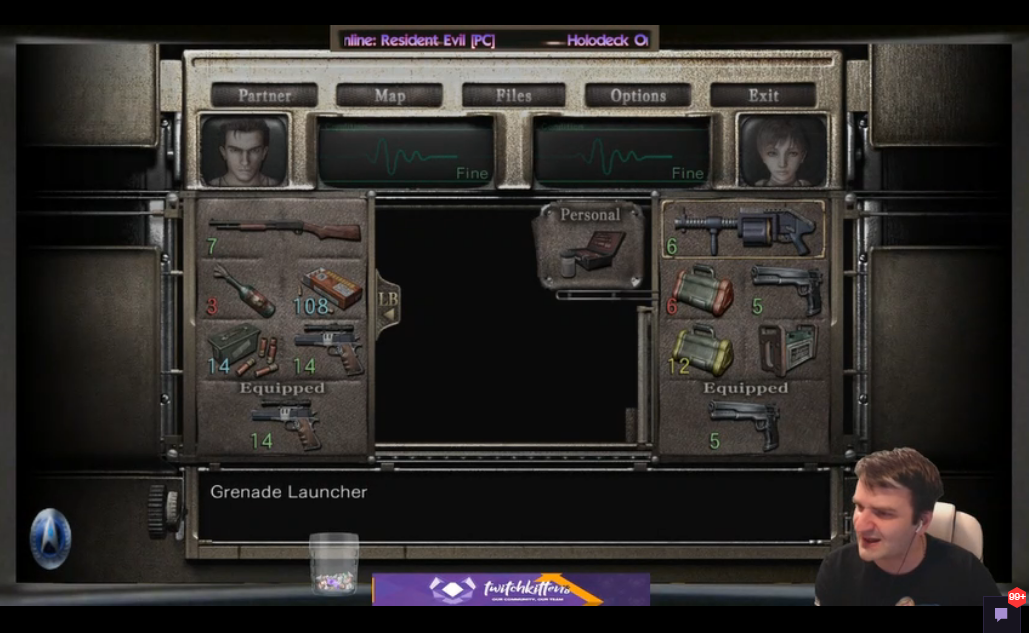Streaming vs. Entertaining
Written by Ben Vollmer
I run into this problem every now and again, one that most streamers can probably sympathize with: how do you describe Twitch to someone? For me, my four to six hours a night of casting have evolved into more than just a hobby. It’s something I make (small amounts) of money off of, it’s something I put a lot of time and effort into and it’s something that people actively like to watch me do. Just like most of you, I get this question a lot: people actually want to watch you play video games?
Every successful streamer will tell you that it’s more than that, but how exactly is it any different?
There’s a substantial difference between someone who streams video games and an entertainer. Just like there is a difference between a radio station that reads off the daily news and one that pours analysis into it. Just like there’s a difference between watching someone throw a football and watching Tom Brady throw a football. There can be a million different ways for you to separate yourself from being someone who “just streams video games” into someone who provides entertainment worth coming back for. How will you differentiate yourself?

From StreamElements
It’s More Than Just the Game
I’m not a huge fan of overlays (if you’ve noticed, I barely even have one on games in a 16:9 ratio), but I am a fan of having something on the screen that reminds your viewers that it’s more than just the game. It’s also something that traditionally separates Twitch from YouTube. Visually, there should be more than just the game in front of them.
One of the easiest ways to do this is have a webcam. Lots of popular streamers don’t have one, as I mentioned here, but it’s a nice reminder to your viewers that they aren’t just watching gameplay. Using audio to convey all of your reactions is fine, but in the opinion of most, it’s a lot harder to constantly stretch your vocal cords than it is to show off more natural reactions via a face camera.
Lots of streamers also have overlays, which can help with a number of things. For most (including myself) it’s an easy way to organize things like your most recent followers or subscribers. No, this isn’t likely to net you more monetary tips, but it is a nice way to thank people for their contributions. Another bonus is that, generally speaking, a nice overlay (including more minimalist ones) can help provide your stream with a visual stamp that it might otherwise be missing. The best part of finding an overlay is that you have thousands of options to choose from, including some free resources like StreamElements and Strexm.
Provide a Voice
I liken casting to be a radio host. Whenever someone asks me why people would spend their time or money on me playing a video game, I ask them why someone listens to the radio. The two have a lot in common: their structure is based in interaction, where radio has call-ins, Twitch has a chat full of viewers. Even though video games often find themselves at the focal point of my streams (just like sports radio tends to focus on sports), it’s pretty easy to find others that dig deep into politics, film, television, or even sports.
People don’t watch me because they want to see a video game being played, they watch me because they wants reactions, analysis and discussion. The same can be said for most streams, though there is a substantial part of Twitch that provides a competitive atmosphere — whether it be in speed running or E-sports. Likewise, people aren’t all that interested in just watching you play a game unless you’re impressively good at it.
Having a unique voice is the most important thing you’ll do as a caster. No, I’m not talking about your vocal range or whether your voice is too dorky or high pitched. Whether it be through laughs, analysis or discourse, give your viewers something to look forward to every night — just like their favorite radio host.

DJRoyster
Go All Out
One of the most difficult things about casting is finding the energy to be an entertainer while still being able to enjoy yourself. The most frequent advice you’ll get as a caster is to “just be yourself” and while there’s something to that, you’re also going to have to give the best of yourself over the course of several hours.
So first things first: find something you are comfortable doing over several hours. If you aren’t someone who normally has big reactions to in-game moments, chances are that you won’t be the next PewDiePie. When I first started casting and watching other big streamers, I had a moment of clarity. I was never, ever going to be someone who jumped out of their seat every time a big scare hit or a game screwed me over. So I thought about different ways that I could entertain from my own comfort zone; something that I could repeat every time I turned on my stream.
For me, it ended up being a constant flow of analysis and discussion. As a curious person, I like hearing what other people think about things. Moreover, I like providing people with (what I think to be) unique insight into their favorite titles.
Or maybe you’re someone like my friend DJRoyster, who sets up new and game-specific overlays every stream. For him, and other casters like him, there’s success in giving your viewers a new way to experience some of their favorite games – or perhaps ones that haven’t even played before. Along the same lines, casters like DJRoyster do a fantastic job of making sure that every game feels like its own unique adventure.
Whatever it is that you choose to do to differentiate yourself as an entertainer rather than someone who just streams games, don’t half-ass it. When people stumble into your stream, and they will, you want them to takeaway something unique.
It’s never been just about playing video games – it’s about giving your viewers something to come back to.
